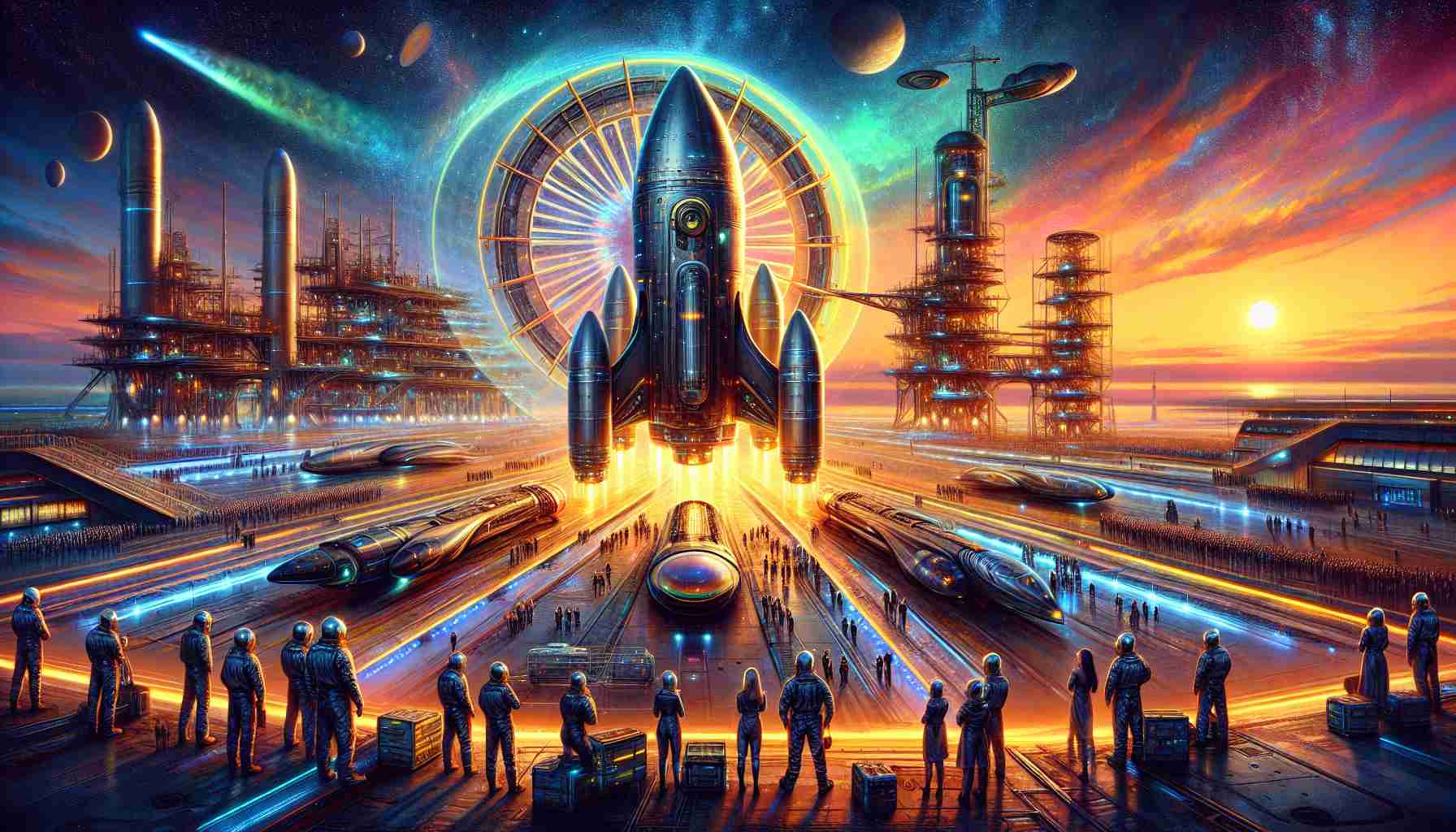
In the realm of aerospace, innovation is constant, even when challenges abound. A technology firm from Seattle has revived an ambitious project once shelved by NASA that could redefine space launches. Radian Aerospace is looking to innovate by introducing a space plane designed to launch from a rocket-powered sled, instead of the traditional vertical rocket approach. This groundbreaking concept aims to simplify and enhance access to outer space, though it presents significant technical hurdles.
Meanwhile, critical developments surround Boeing’s Starliner, a key player in NASA’s Commercial Crew Program. This spacecraft recently concluded a mission where it successfully delivered astronauts to the International Space Station. However, complications arose when issues with its thrusters jeopardized the safe return of the crew, prompting NASA to return the Starliner without its astronauts. This move signifies a delay in Boeing’s plans to regularly transport crew members back to space.
As Starliner returns to Earth, the engineering team is committed to resolving the issues faced during its flight. Their findings will be crucial in ensuring the spacecraft meets the standards needed for future missions, as the journey of human spaceflight continues to evolve.
While the challenges are significant, the spirit of exploration remains unyielded, pushing the boundaries of human capability and technology. The journey to a safer and more efficient space travel system is just beginning, but the excitement for the future of aerospace engineering ignites unending possibilities.
Transforming Space Travel: The Future of Launch Systems
As humankind stands on the brink of interstellar exploration, a new wave of launch systems promises to revolutionize the way we access outer space. Companies across the globe are now exploring technologies that not only enhance lift-off capabilities but also prioritize sustainability and cost-efficiency in what has traditionally been a costly endeavor.
What are the essential components of modern launch systems?
Modern launch systems consist of multiple components, including propulsion technology, vehicle design, and ground support systems. Recent advancements in hybrid and electric propulsion are being explored as a way to lower emissions and operational costs. Rocket reusability has become a centerpiece of launch strategy, most notably exemplified by SpaceX’s Falcon 9, which has successfully landed and reused its first stage multiple times. This approach significantly reduces costs and increases the frequency of launches.
What innovative concepts are being pursued?
Several groundbreaking concepts are emerging, including space tethers and space elevators. These technologies could potentially shift the paradigm of how we send payloads into orbit. Space tethers, which use the Earth’s rotational energy to propel satellites, and space elevators, which would utilize tensile cables to lift payloads into geostationary orbit, present revolutionary ideas but face immense engineering challenges.
What are the key challenges and controversies in launch system development?
1. Safety and Reliability: Issues such as those experienced by Boeing’s Starliner emphasize the need for rigorous testing and quality assurance. Even minor failures can lead to significant consequences, leading to debates over regulatory oversight and public safety.
2. Environmental Concerns: The environmental impact of rocket launches is under scrutiny, especially regarding carbon emissions and the potential for ozone layer damage. This has sparked controversy over the industry’s responsibility to minimize its environmental footprint.
3. Cost Management: Despite the promise of reusable rockets, the initial costs of developing new technologies remain high. Companies must balance innovation with budget constraints, leading to discussions on government subsidies and funding for private aerospace endeavors.
Advantages and disadvantages of new launch systems
Advantages:
– Cost Reduction: Reusable launch systems and advances in technology can lower the cost per launch, making space more accessible for commercial ventures.
– Increased Frequency: Enhanced launch capabilities allow for more frequent missions, accelerating research and exploration initiatives.
– Sustainability: Innovations in propulsion technology are focused on reducing the carbon footprint of space travel.
Disadvantages:
– Technical Challenges: Many new technologies are still in the experimental phases and require extensive development, testing, and regulatory approval before implementation.
– Market Saturation Risks: With the influx of new players in the launch market, viable opportunities may decrease, leading to potential oversaturation.
– Safety Concerns: The more frequent launches may increase the risk of accidents, requiring stringent safety measures and loss management strategies.
Conclusion
The future of launch systems is filled with promise and potential, characterized by rapid technological advancements and innovative approaches. As stakeholders navigate the complexities of safety, environmental impact, and cost, the path forward for space travel is both exciting and challenging. The drive for exploration and the quest to understand the universe remains a powerful motivator for continued innovation.
For more in-depth coverage of aerospace developments, you can visit NASA and SpaceX.



